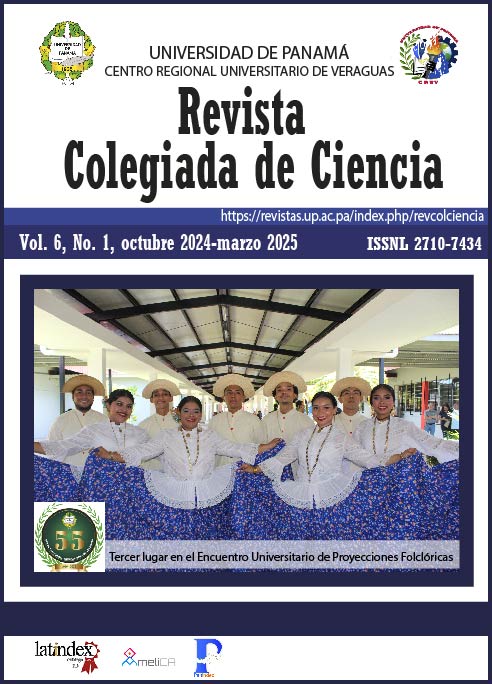

The work written by Garcilaso de la Vega, The Royal Commentaries of the Incas, is considered an important historical and literary chronicle, since in this writing the knowledge and oral traditions of the Inca culture are compiled, becoming an invaluable source for the study of this ancient civilization. In this sense, due to the clarity, fluidity and elegance of his prose, Garcilaso is considered the father of Latin American literature, which gives sufficient merit to study his work. Therefore, this article analyzes how The Royal Commentaries of the Incas provide a great literary, narrative and fictional style that is reflected through the use of some rhetorical figures, which give the stories a lot of expressiveness, but without detracting from the historiographical value that this work has. Regarding the methodological aspects, this research is qualitative, narrative and documentary, because for its development various bibliographic sources were consulted that serve to understand the meaning of human experiences. Although the Royal Commentaries of the Incas is perceived as a historical and ethnographic chronicle, it is possible to identify, in it, a countless number of stylistic resources, which provide elegance and fluidity to the text, a characteristic that captivates readers through its style. expressive and sophisticated. In conclusion, reading this historical chronicle is recommended, since the literary figures found in this text allow you to enjoy the value given to rhetoric as a literary and communicative tool since that time.